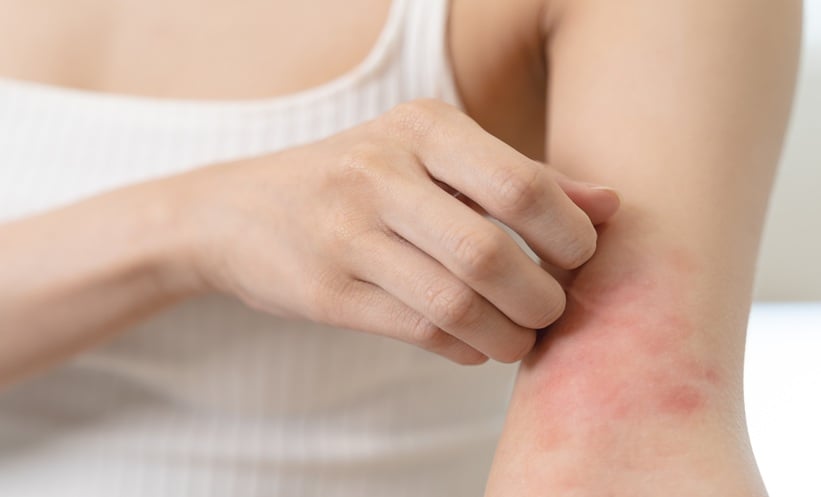A LARGE pooled study has found that exposure to certain plastic chemicals may increase the risk of respiratory allergies in children under five. The research focused on endocrine-disrupting chemicals (EDCs), such as phthalates and bisphenols, which are common in everyday products including food packaging, toys, and personal care items.
Phthalates are divided into high- and low-molecular-weight types, with high-molecular-weight phthalates (like DEHP and BBzP) used to make plastics more flexible, and low-molecular-weight phthalates found in cosmetics. Bisphenols, such as BPA and BPS, are used in the production of polycarbonate plastics and food can linings. These chemicals can interfere with hormones and may trigger allergic reactions by disrupting immune function through oxidative stress or hormonal pathways.
The study combined data from cohorts in three high-income countries to assess the effects of phthalates and bisphenols on childhood conditions like asthma, wheezing, eczema, and allergic rhinitis. It found marginal associations between these chemicals and respiratory conditions, particularly wheezing. Interestingly, some high-molecular-weight phthalates were linked to a lower risk of eczema, though the reasons remain unclear.
Timing of exposure appeared to matter, with prenatal exposure, particularly in the first trimester, being more strongly associated with adverse outcomes. This aligns with other studies suggesting that early pregnancy may be a critical window for respiratory development. The findings did not differ significantly between boys and girls.
While the associations observed were modest, they highlight the need for population-level strategies to reduce chronic plastic chemical exposure. Current interventions, such as dietary changes, have shown limited success. Further studies should use longitudinal designs with repeated exposure measurements to confirm these associations and clarify biological mechanisms.
This is the largest study to date assessing the effects of early-life exposure to phthalates and bisphenols on allergic outcomes in preschool children. Although more research is needed, the results reinforce concerns about the widespread use of plastic-related chemicals and their potential long-term impact on child health.
Reference
Boissiere-O’Neill T et al. Phthalates and bisphenols early-life exposure, and childhood allergic conditions: a pooled analysis of cohort studies. J Expo Sci Environ Epidemiol. 2025;DOI:10.1038/s41370-025-00790-2.






